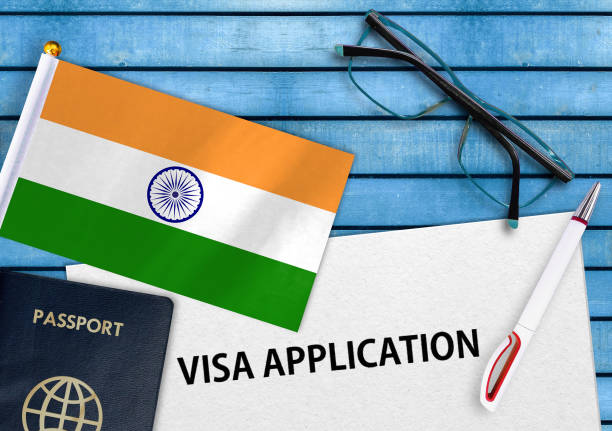If you have an Indian visa application rejected, there are a few things you can do to figure out what went wrong and fix it so that your next application is more likely to be approved. In this article, we’ll take a look at the different types of Indian visas and which ones might be best for you, as well as some common reasons why your visa application might have been rejected. TYPES OF INDIAN EVISA
What is an Indian Visa?
There are a few different types of visas that foreigners need to apply for if they want to travel to India. Each one has its own specific requirements and specifications, so be sure you know what you’re getting yourself into before applying.
The most common visa is the tourist visa. This allows visitors stay in India for 60 days and visit only the specified areas of the country. A business visa, on the other hand, allows foreigners to work in India as long as they have a proper work permit. Finally, an employment-based visa allows foreigners to live and work in India based on their qualifications and employer’s sponsorship.
If you’re denied a visa, there are still a few things you can do to try and get it approved. The first thing is to make sure you have all of your documents ready – including your passport photo, visa application form, medical insurance policy confirming that you don’t have any serious diseases, and proof of funds (i.e., bank statements).
Next, make sure you understand the specific requirements of the visa you’re applying for. For example, some visas require applicants to have a certain amount of money available in their bank account at all times while others only require proof of financial stability. INDIAN VISA REJECTED
Finally, try speaking with an immigration lawyer about your situation. An attorney may be able to provide advice on how to appeal the decision made by the embassy or consulate, or help put together a complete case file that will improve
How to Get an Indian Visa
There are a few things to keep in mind if you’re trying to get an Indian visa and it’s been rejected. First, make sure you’ve completed the requisite paperwork correctly. Second, try to find out what might have gone wrong with your application.
If you’ve filled out all of the necessary forms and submitted them correctly but you still haven’t received a response from your embassy, there’s a good chance your application has been turned down. To find out why, you’ll need to contact your embassy. This can be done by calling or emailing them directly. Be sure to include all of the information that was requested on your application – including copies of all of the documents you submitted – so that they can provide an accurate explanation for your rejection.
If you’re applying for an Indian visa on behalf of someone else, be sure to get copies of their documents as well. The embassy may ask for these in order to ensure that everything is correct and that no one is traveling into India without proper authorization.
If everything looks okay but you still haven’t received a response from your embassy after several weeks or more, it might be worth trying again using a different form or sending additional information. However, don’t wait too long; once an application has been rejected, it’s difficult (if not impossible) to submit another one without further coordination between yourself and the embassy.
What are the Types of Indian Visas?
The types of Indian visas you may be eligible for depend on your nationality and the country you are visiting. Here are the most common visa types:
– Tourist Visa: This is the most common type of visa, and is valid for up to 30 days. It can be used for tourism, business, or medical purposes.
– Student Visa: For students who are pursuing an academic degree in a foreign country, this visa is available. The duration of the visa depends on the type of education you’re attending.
– Employment Visa: If you will be working in a foreign country, you may need a visa. The length of the visa depends on your occupation and whether you have any criminal record.
– Family Member Visa: If you are a relative of someone who is already living in a foreign country, you may be able to obtain a visa to visit them. The requirements vary depending on your relationship to the person receiving the visa.
Which Indian Visa is Right For You?
If you have a valid visa from India, but are denied entry to the US because of your nationality, you may be eligible for a visa waiver. To qualify for a visa waiver, you must meet certain requirements including having a confirmed ticket and being in good health. If you are denied entry based on your nationality, you may also be eligible for asylum.
Conclusion
If you have been denied a visa to visit India, there are a few things that you can do in order to try and get your application approved. Make sure that all of the necessary documentation is included with your application, as well as any supporting letters from experts or family members who can attest to the positive impact that travel would have on your health and wellbeing. Finally, be persistent – if you take the time to research the process and stay positive about your chances, you may just be able to secure yourself a trip to India sooner rather than later!
